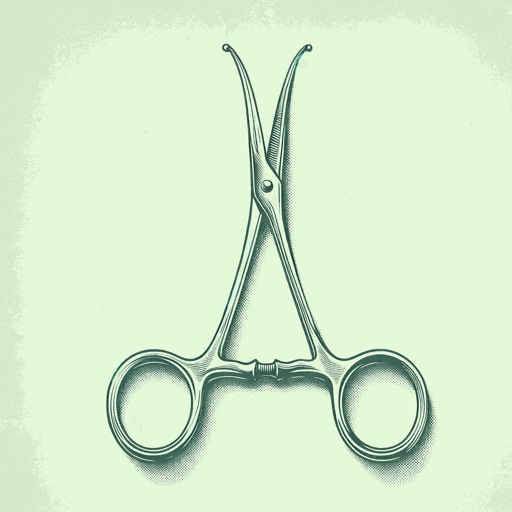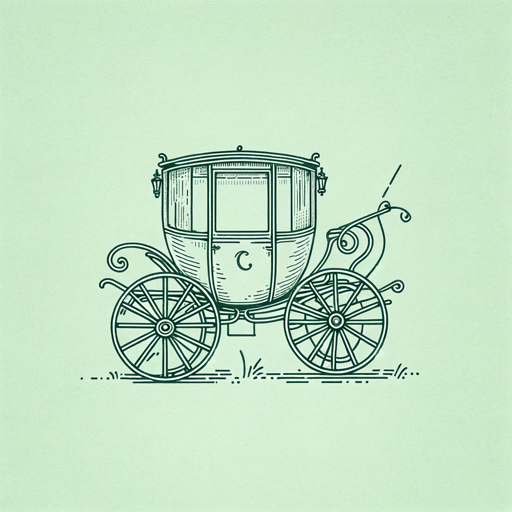53 pages • 1 hour read
Laurence SterneThe Life and Opinions of Tristram Shandy, Gentleman
Fiction | Novel | Adult | Published in 1759A modern alternative to SparkNotes and CliffsNotes, SuperSummary offers high-quality Study Guides with detailed chapter summaries and analysis of major themes, characters, and more.
Symbols & Motifs
Hobbyhorses
“Hobby-horse” is the term Tristram uses to refer to the obsessions that affect his characters. Preoccupations that form a set of associations in the characters’ minds that dominate their thoughts and behaviors, hobbyhorses are the main symbol of the theme of Association, Digression, and the Nature of Memory. From philosophical theories to novels to model building, these passions are unique to each person.
Hobbyhorses provide direction and meaning to a person’s life, allowing them to express a certain idea of themselves which might otherwise be impossible. Tristram’s desire to sketch the most complete and detailed version of himself that he can is his hobbyhorse. He is driven by his memories of his family and his need to understand them and, by extension, himself. For other characters, their hobbyhorses stem from their traumas. Toby’s model battlefield helps him come to terms with the injury he suffered during the Siege of Namur. It is an externalization of the way he constantly relives his battlefield experiences in his mind. Walter’s obsession with education is an attempt to live vicariously through his son, obsessing over creating a legacy by trying (and failing) to control every facet of his son’s existence. The fact that Walter decides to write the Trista-paedia after his first son, Bobby, dies suggests that part of his obsession with controlling Tristram’s life is a response to his regret and grief over losing Bobby.
Related Titles
By Laurence Sterne
Featured Collections
Birth & Rebirth
View Collection
Books & Literature
View Collection
British Literature
View Collection
Family
View Collection
Fathers
View Collection
Laugh-out-Loud Books
View Collection
Mortality & Death
View Collection
Satire
View Collection
School Book List Titles
View Collection


